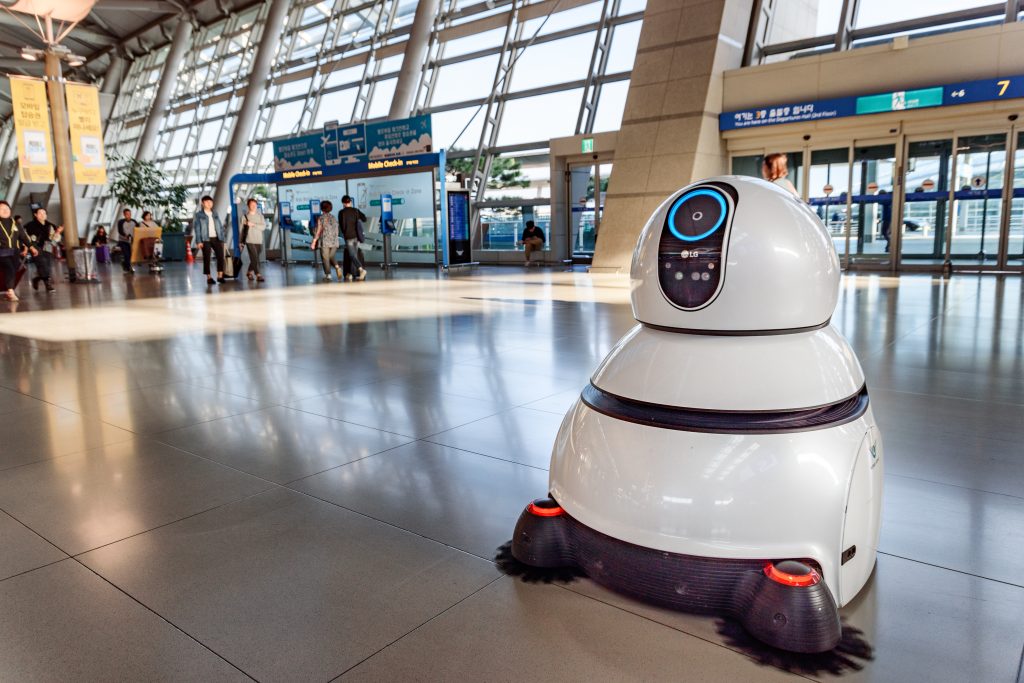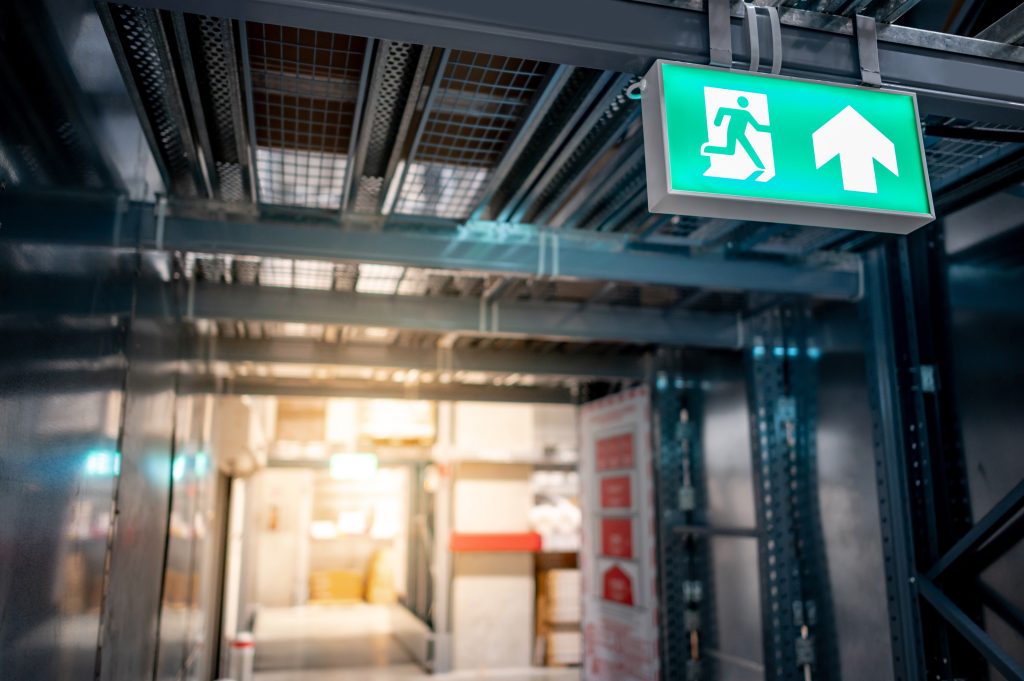As the demand for improved hygiene and cleanliness in public and commercial spaces grows, businesses and facilities are increasingly turning to touchless cleaning systems to help ensure a safe and sanitary environment. Touch-free cleaning technologies, especially in bathrooms and communal areas, have become essential in minimising the spread of germs and improving overall hygiene standards.
In this blog, we will explore the rise of touchless cleaning systems, their benefits, and how they are transforming hygiene practices in high-traffic areas like restrooms and communal spaces.
The Growing Need for Touchless Cleaning Systems
The need for enhanced hygiene practices in shared spaces has never been greater. The COVID-19 pandemic highlighted the importance of reducing contact points to prevent the spread of germs, viruses, and bacteria. While hand hygiene remains a critical practice, the surfaces we touch—door handles, soap dispensers, and toilet flush handles—can still harbor pathogens.
Touchless cleaning systems reduce these risks by eliminating the need for physical contact with common surfaces, helping to create a cleaner and safer environment for everyone. Whether in commercial offices, restaurants, schools, or healthcare facilities, touch-free cleaning technologies are revolutionising the way we approach hygiene.
What Are Touchless Cleaning Systems?
Touchless cleaning systems are designed to minimise physical contact with surfaces in bathrooms and communal spaces, thereby reducing the potential spread of germs. These systems utilise sensors, automation, and smart technology to perform various tasks without the need for manual interaction.
Common touch-free solutions include:
- Automatic faucets that dispense water without touch.
- Sensor-activated soap dispensers that release soap automatically.
- Hands-free toilet flush systems that operate via motion detection.
- Touchless paper towel dispensers or air dryers that activate with a wave of the hand.
- Automatic doors that open when motion is detected.
These systems not only contribute to better hygiene but also enhance the overall user experience, making public restrooms and communal areas more convenient and efficient.
Key Benefits of Touchless Cleaning Systems
- Enhanced Hygiene and Cleanliness
The most obvious benefit of touchless cleaning systems is the reduction of germ transmission. By eliminating touchpoints in high-traffic areas like restrooms, the risk of cross-contamination between users is significantly reduced. Touch-free systems help prevent the spread of pathogens that can be transferred from person to person via shared surfaces.
In spaces such as hospitals, where cleanliness is crucial to patient health, and offices, where multiple people use the same facilities throughout the day, touchless systems offer an added layer of protection against germs and viruses.
- Improved User Experience
Touchless cleaning systems offer a more convenient and modern user experience. For example, users don’t have to struggle with manual faucets, soap dispensers, or towel dispensers—everything is automated, providing seamless interactions.
This convenience also leads to greater user satisfaction, particularly in commercial restrooms where many people use the facilities regularly. With faster and easier access to touchless features, restroom queues are shortened, and the overall experience is improved.
- Cost and Resource Efficiency
Although touchless systems often require an initial investment, they can lead to long-term savings in both water and energy consumption. For example, automatic faucets only dispense water when needed, reducing wastage. Similarly, touchless hand dryers and soap dispensers dispense just the right amount of product, minimising overuse and helping facilities conserve resources.
For businesses focused on sustainability, touch-free systems can be an important component of an eco-friendly cleaning strategy, reducing waste while maintaining high hygiene standards.
- Reduced Maintenance Effort
Since touchless systems require minimal physical contact, they are less prone to wear and tear. Bathrooms and communal areas equipped with touchless technology tend to remain cleaner for longer periods, reducing the frequency of maintenance and cleaning required.
This is especially valuable for high-traffic areas like airports, shopping centers, and stadiums, where maintaining cleanliness is a continuous challenge. Touchless systems make it easier to manage hygiene with fewer staff hours dedicated to frequent cleaning and repairs.
- Promoting Healthier Workplaces and Public Spaces
Touch-free cleaning technology can play a vital role in promoting employee wellness and public health. By minimising the spread of germs in the workplace, businesses can help reduce the incidence of sick days and illnesses, creating a healthier and more productive work environment.
In public spaces like schools and universities, where many people gather and share communal facilities, touchless systems help prevent the spread of illnesses, particularly during flu seasons or outbreaks of contagious diseases.
Adoption of Touchless Technology in Different Environments
Touchless cleaning systems are being adopted across various sectors, from corporate offices to healthcare and education. Let’s take a closer look at how they’re making a difference in specific settings:
- Offices
Touch-free technology is becoming standard in office bathrooms and breakrooms, with features like sensor-activated faucets, hand dryers, and soap dispensers. In large corporate settings, where hundreds of employees use shared facilities daily, touchless systems help maintain hygiene while minimising downtime due to maintenance or cleaning.
- Healthcare Facilities
Hospitals and clinics are at the forefront of adopting touchless cleaning systems to minimise the risk of infection. In these settings, touchless faucets, soap dispensers, and door systems are integral to reducing pathogen transmission, protecting both patients and healthcare workers.
- Schools and Universities
In educational institutions, where students and staff frequently use communal spaces, touchless systems ensure that restrooms and cafeterias remain sanitary. These systems help maintain high hygiene standards even in crowded settings, reducing the spread of illnesses among students.
- Restaurants and Hospitality
In restaurants, touchless cleaning systems not only ensure customer hygiene but also improve the overall experience. Automated handwashing stations, sensor-activated doors, and touchless restrooms create a more hygienic and modern environment, which is especially important for food safety and customer satisfaction.
Conclusion: The Future of Hygiene Is Touchless
The adoption of touchless cleaning systems is no longer just a trend—it’s becoming a standard for businesses and facilities that prioritize hygiene and public health. These systems offer numerous benefits, from reducing the spread of germs and enhancing the user experience to saving resources and cutting maintenance costs.
As we move into an era where hygiene standards are more important than ever, businesses that invest in touchless technologies will be better positioned to provide safer, cleaner, and more sustainable environments for their employees, customers, and the general public.
Incorporating touch-free systems in bathrooms and communal areas is not just about convenience; it’s about safeguarding health, improving efficiency, and embracing the future of cleaning technology.


